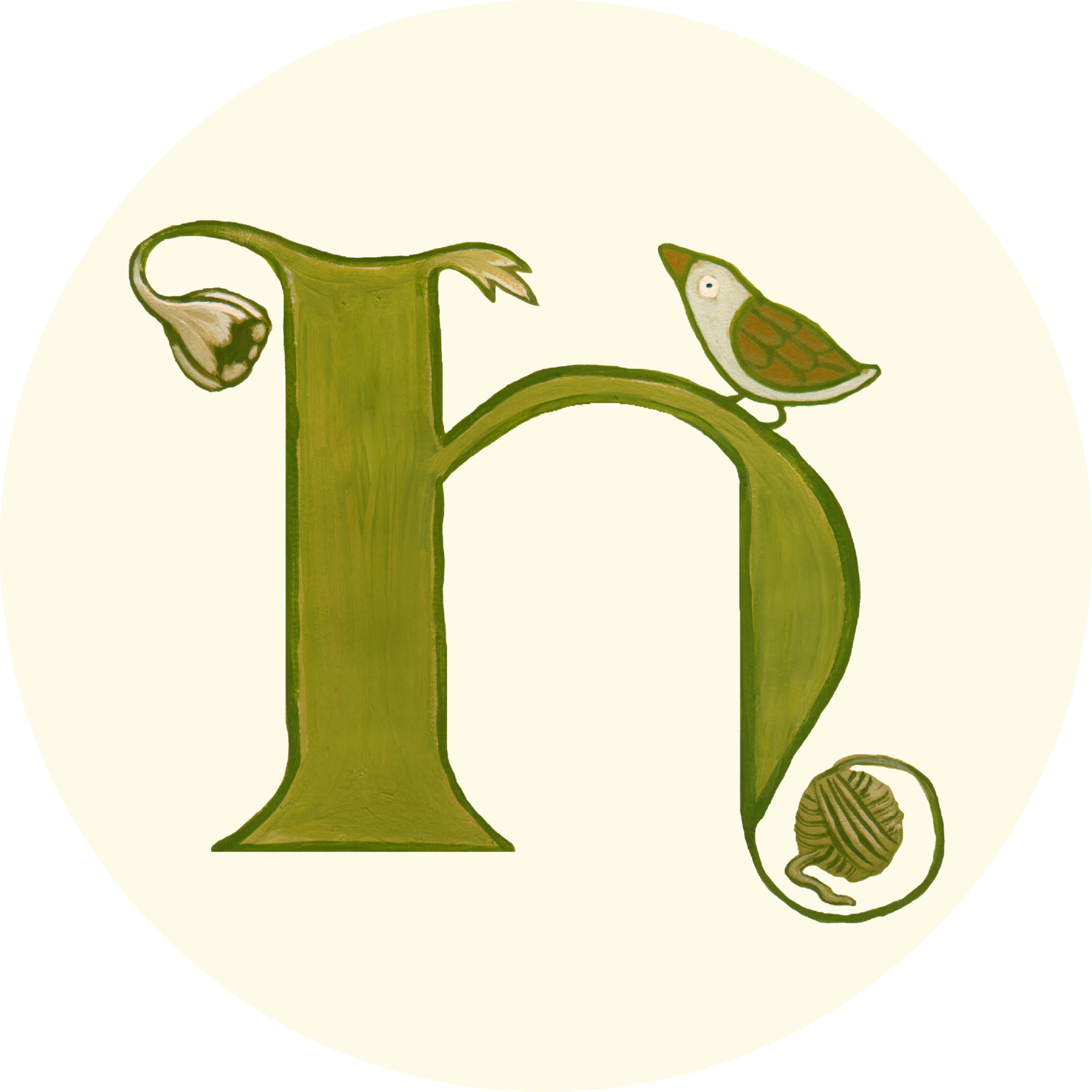A presentation of my recent work at the 2021 SPRING/BREAK Art Fair in New York City, curated by the Abigail Ogilvy Gallery.

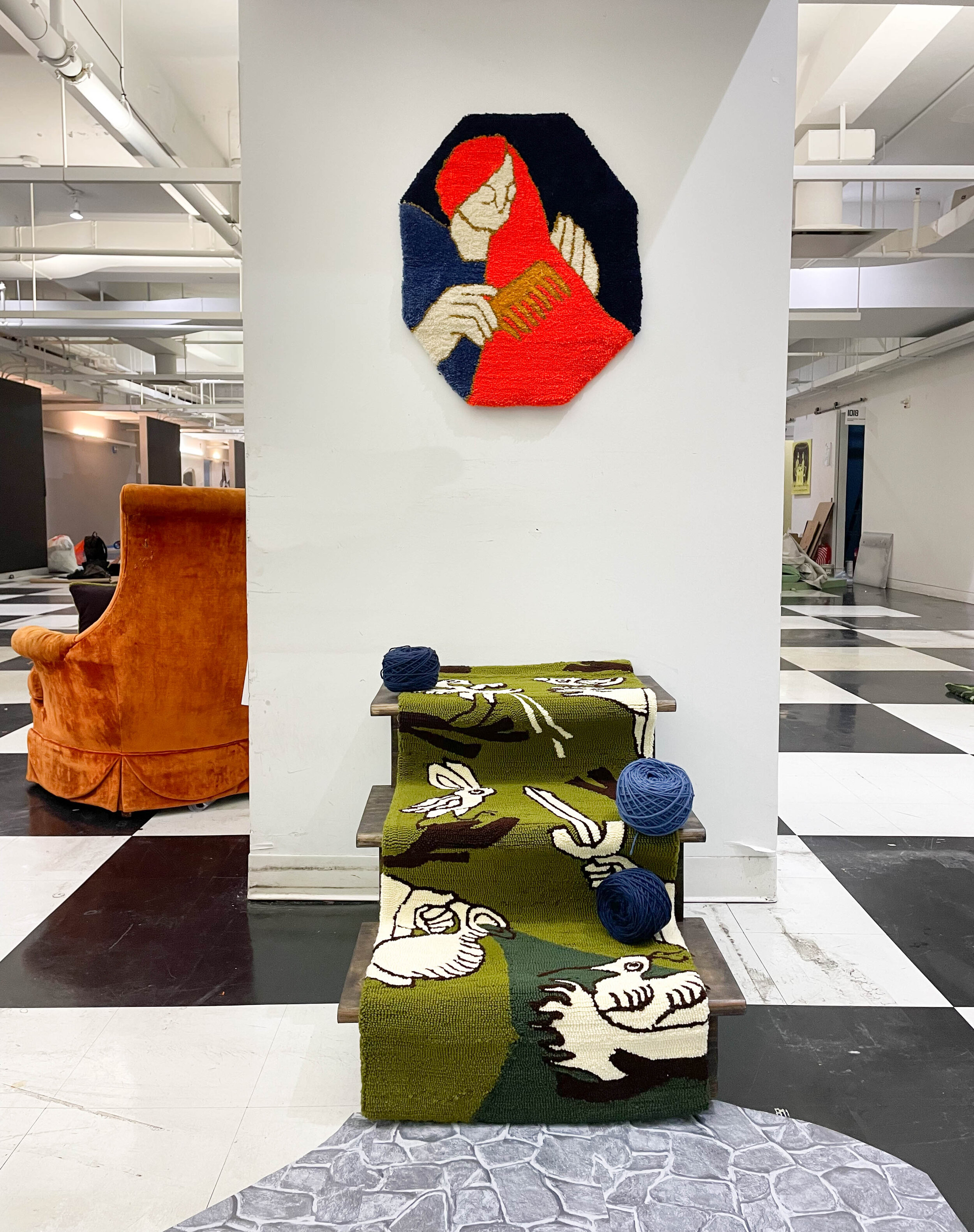

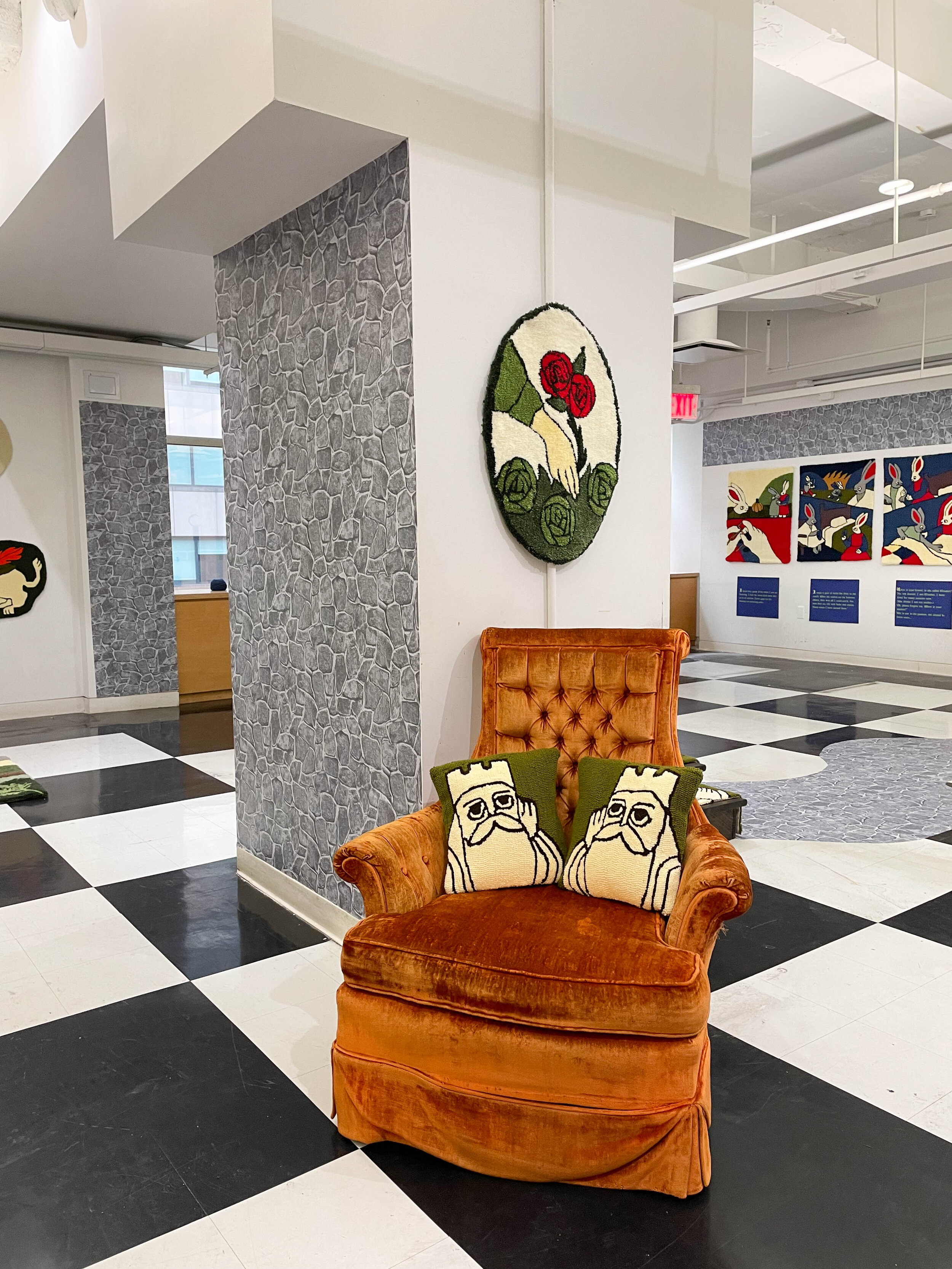
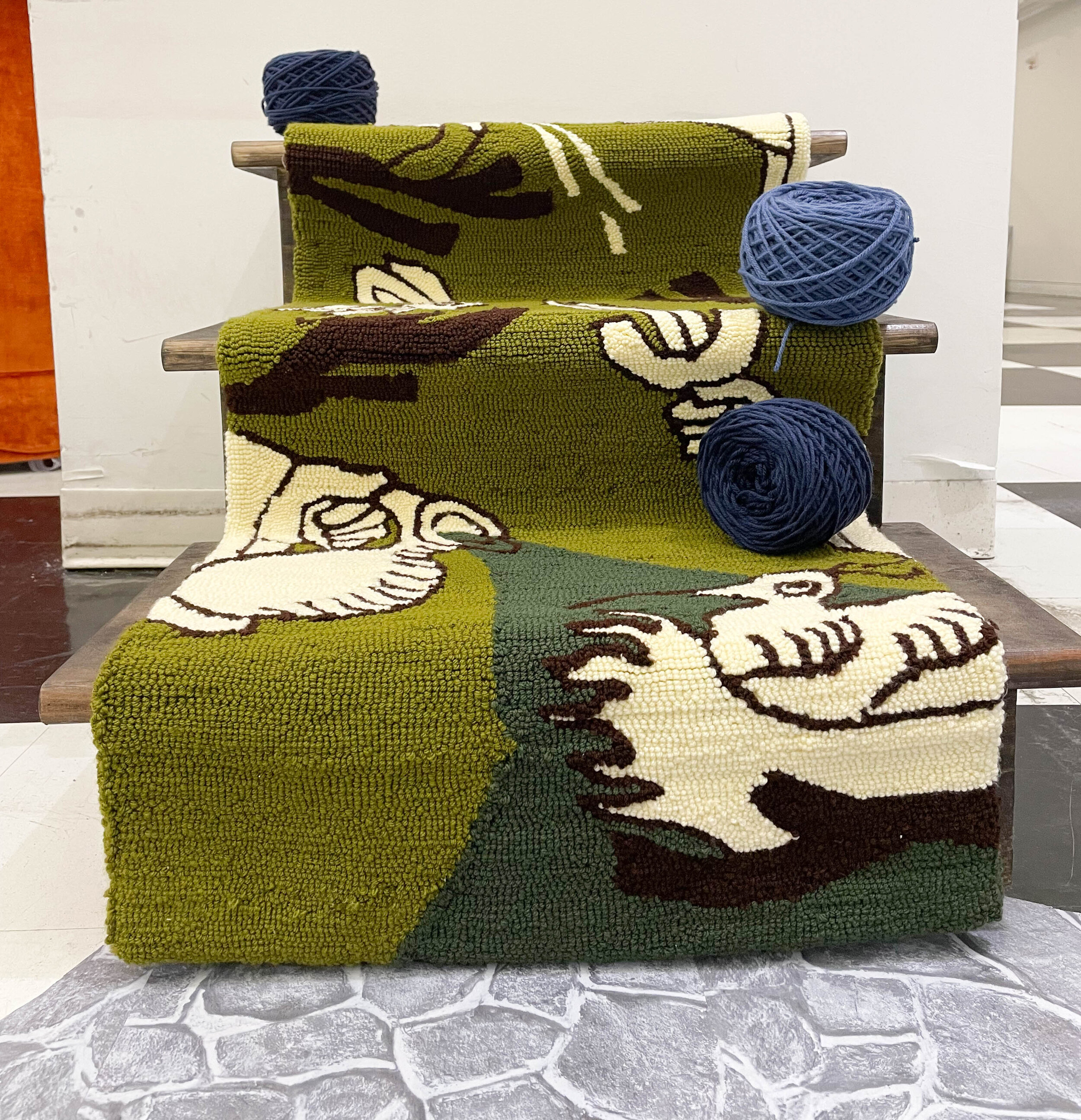
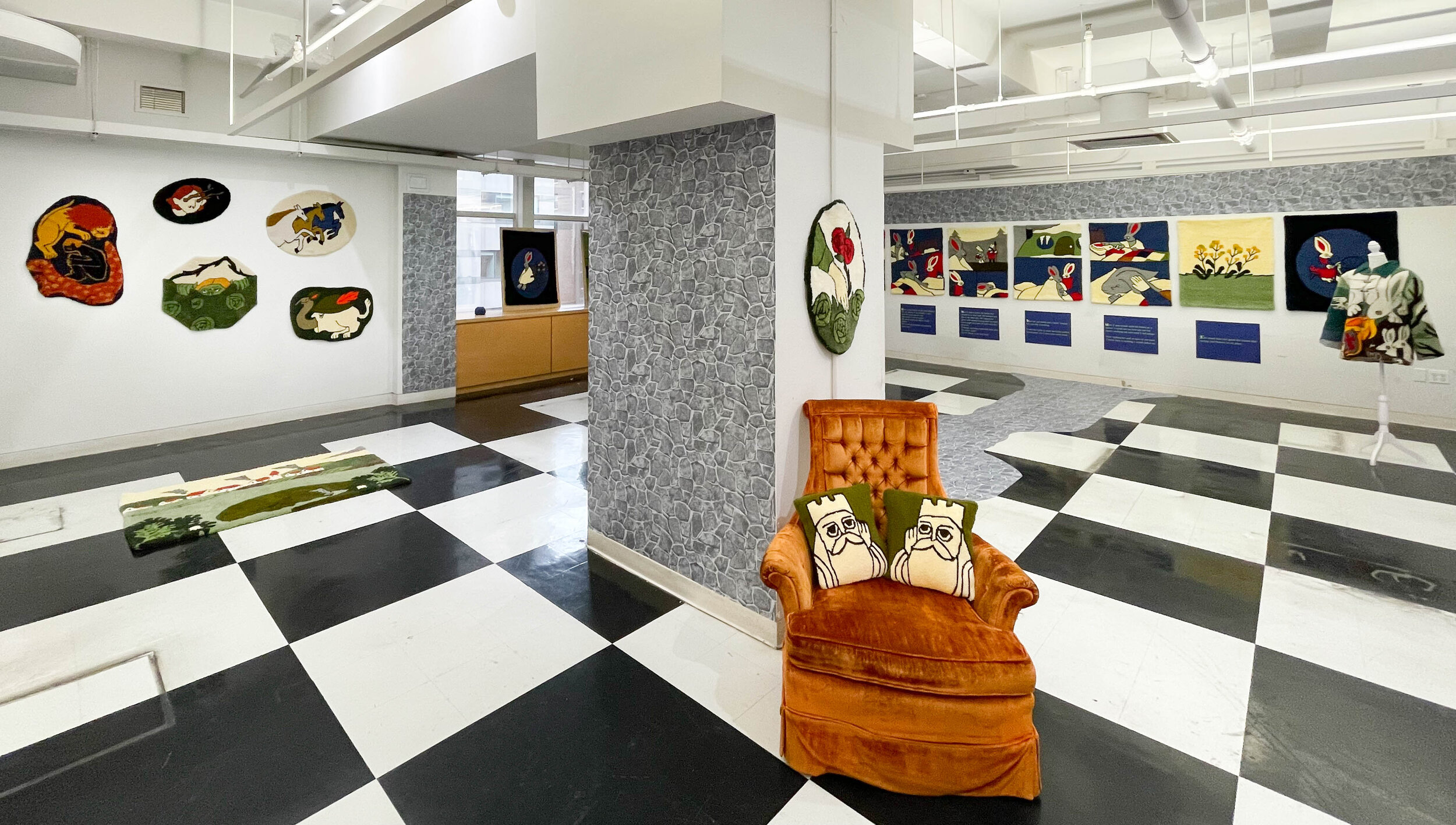
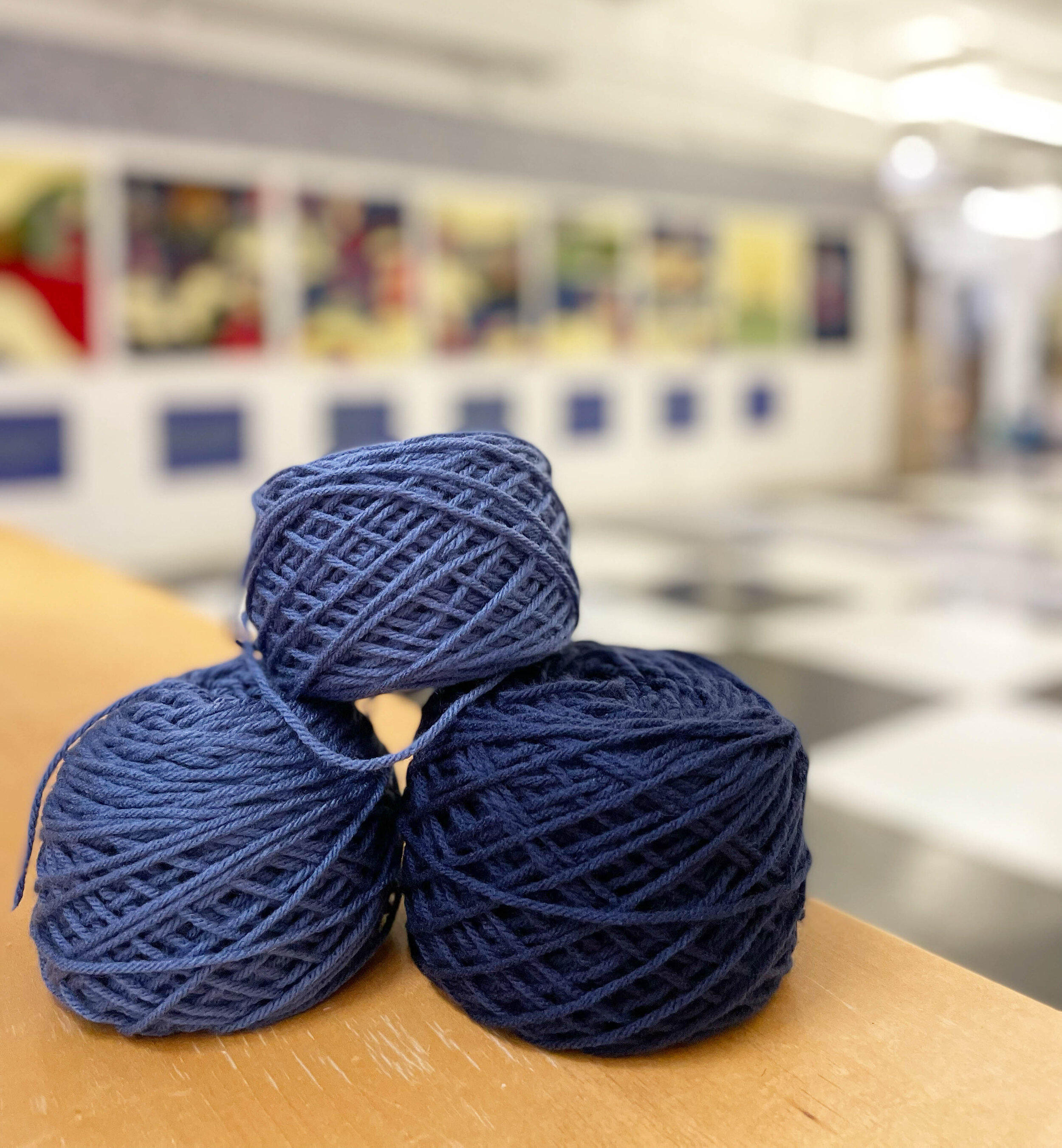
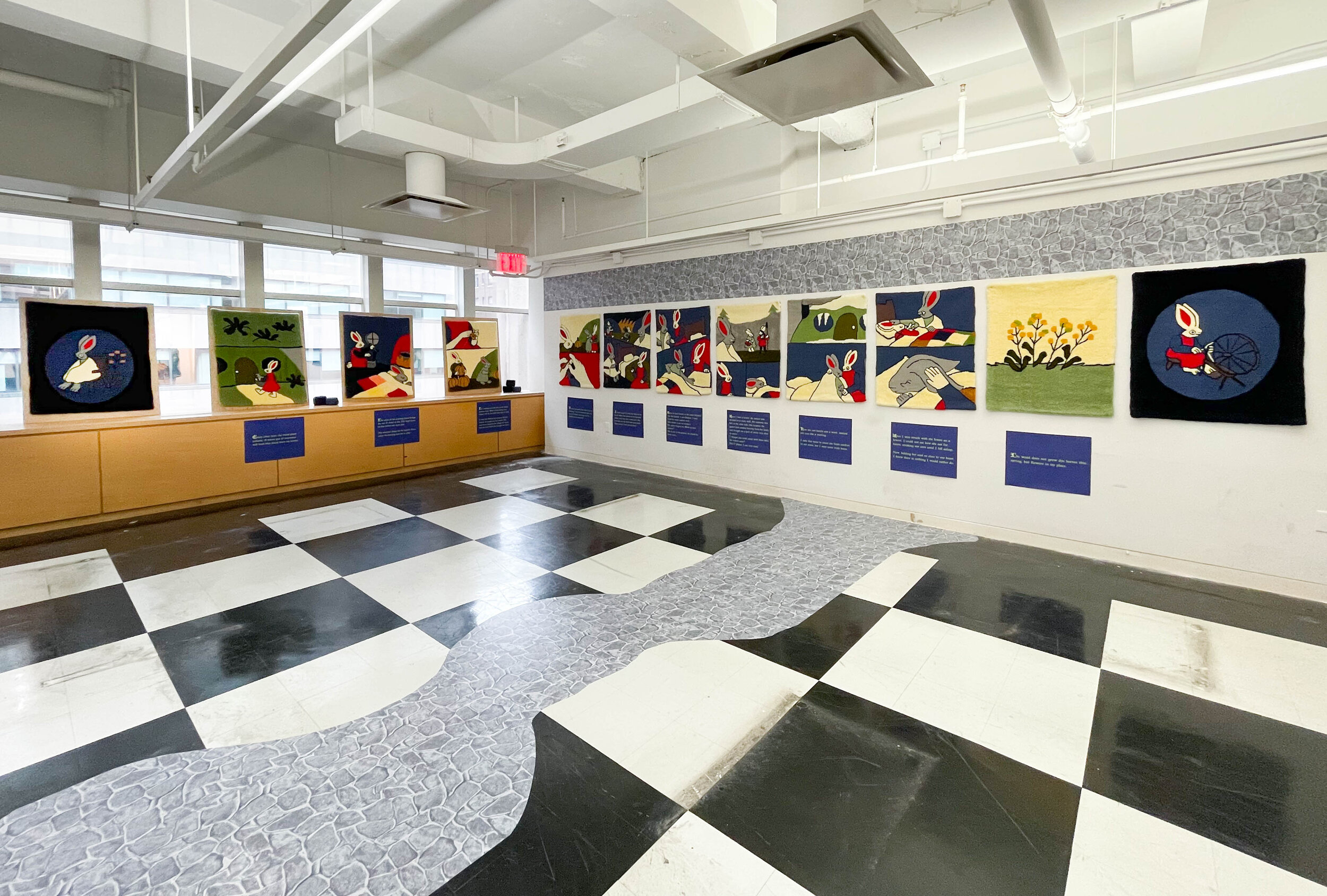
Abigail Ogilvy Gallery Writeup:
Contemporary artist Haley Wood is a medieval storyteller at heart. Finding inspiration in medieval marginalia, folklore, and all living creatures that display a great deal of personality, Wood relishes in the challenge of conveying complex emotions with a simple facial expression. Her desire is for each of her pieces to tell a story to the viewer, whether it consists of multiple panels or a singular surface.
Her most recent body of work, Woad, is a twelve-page story inspired by her relationship with her grandmother Mathilde, who suffered from dementia in her later years of life. The story takes place in a settlement of quasi-medieval hares. Elisabet is the dyer in her village, primarily working with woad. Over the course of a year, Elisabet’s focus shifts from her dyework to caring for her ageing Ancestor, and the acceptance of the inevitable.
Woad (Isatis tinctoria) is a plant native to the Mediterranean, commonly used for dyeing in Medieval Europe and Britain. The woad plant is a biennial. In its first year, it grows a group of spinach-like leaves, which is how the dye is produced. In its second year, the plant may grow up to 6 feet tall and blossom bright yellow flowers in early May, around when Mathilde’s birthday fell. The woad dye vat is very similar to indigo. The addition of an alkaline solution helps the woad to fasten to the fiber. The dye becomes a dark yellowy green with a shimmery blue flower on top. The more one dips and oxidizes the fibers, the darker blue they become.
Through this narrative series of hand tufted rugs, Wood illuminates the antagonistic qualities of choice and inevitability. Flat, stylized characters, anthropomorphic subjects, and the minimal modeling of perspective in her compositions nod to Medieval influences, while the accompanying text under each panel demonstrates her aptitude for storytelling. Wood’s expert execution of narration can be observed not only in the series as a whole, but within the compositions of each panel, arranged in the style of a comic book. When choosing her characters, Wood became drawn to the medieval hare after seeing their diabolical behavior in the marginalia of the Pontifical of Renaud de Bar. This liturgical illuminated manuscript from c. 1303-1316 contains legions of hares shooting crossbows and catapulting stones at knights, all in a lovely blue and orange color palette. Wood found the vacant expressions on the hares’ faces to be disturbing yet amusing. The people of that era surely knew the horrors of war, and yet decided to turn them into an ironic vignette on vellum.
By presenting the tale through this comic book format, Wood welcomes the viewer to consider the intense and often unspoken disease of dementia. The process of aging and loss of memory are hard to grasp in our youth, as we age, we understand the feeling of slowing down and contemplating what happens next. The narrative parallels Camille Paglia’s description of Hamlet in Provocations: “The play seems to have changed every time we come back to it – a mysterious effect that intensifies as we age.” The story of Woad becomes more relevant as one cares for an aging loved one, or becomes the one in need of care themselves. Similar to the lessons taken from Shakespeare’s iconic tragedy, Woad grows more important each time you follow the narrative.
